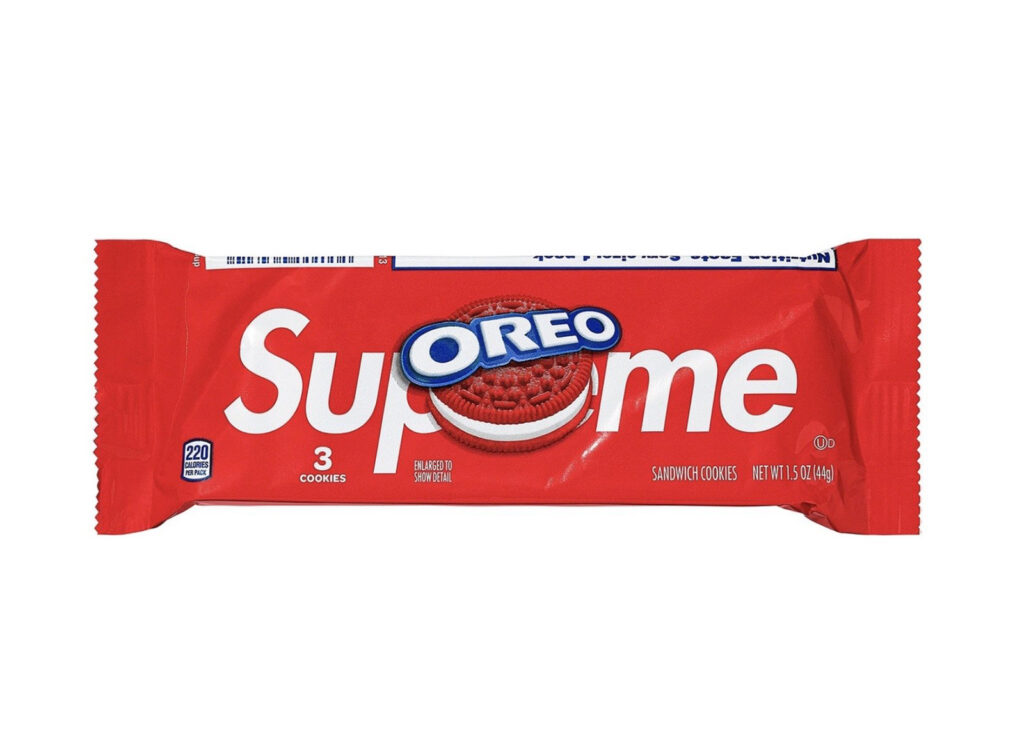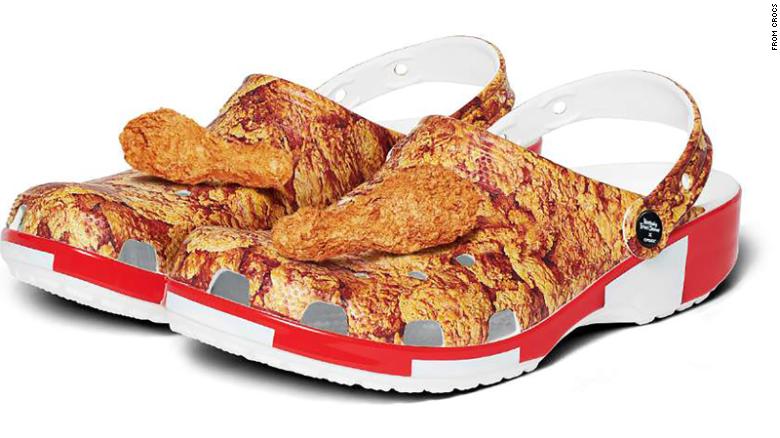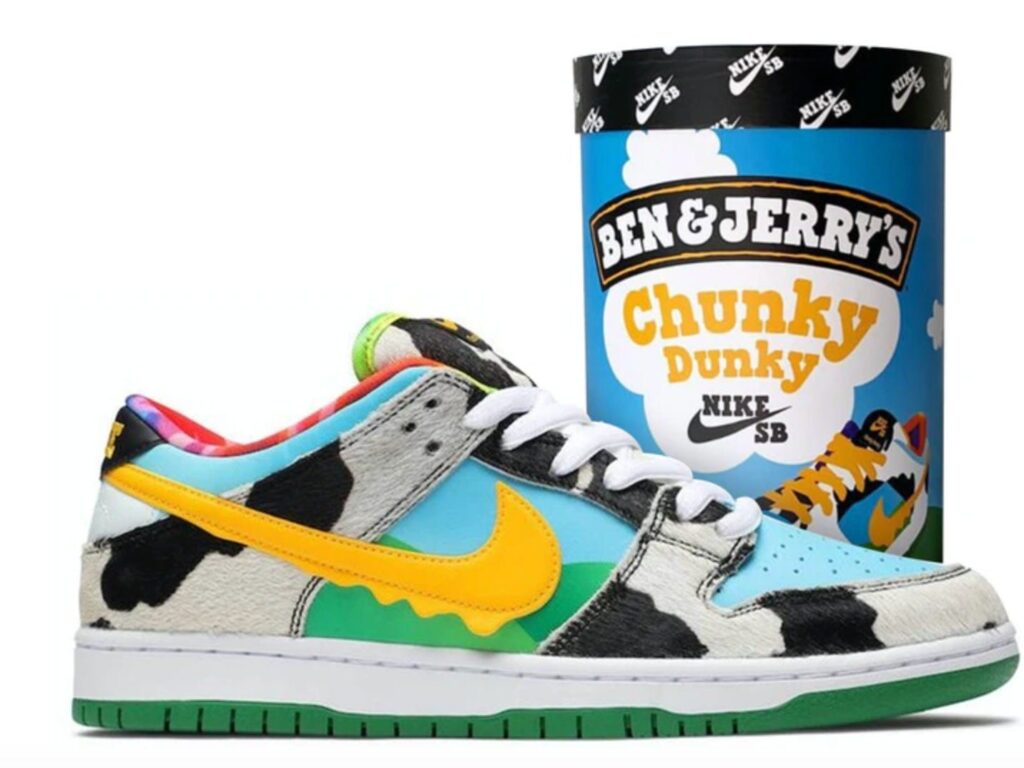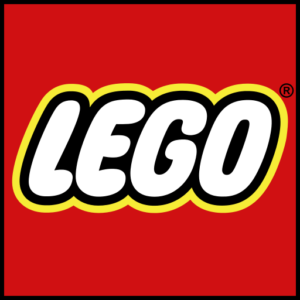What’s the deal with all these LEGO brand collaborations?
 18
18
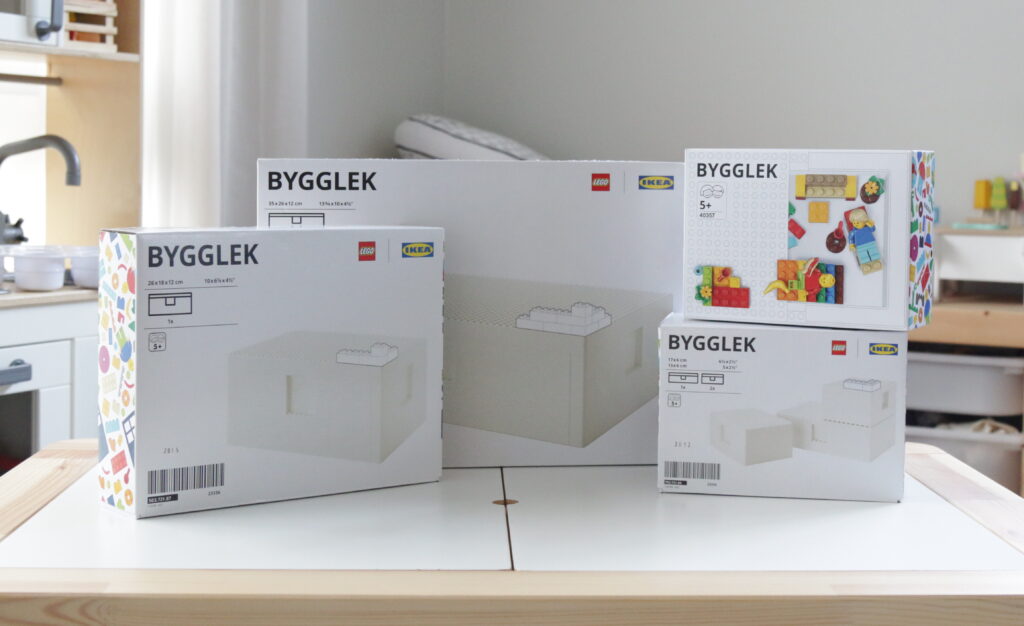
One of the biggest developments with the LEGO Brand in 2020 is the sheer volume of brand collaborations that have been revealed, especially in the last few months.
In the last 3 weeks alone, we’ve seen collaborations with Swedish furniture giant IKEA, American denim icon Levi’s, and German sports titan Adidas.
The response from the LEGO fan community has been a mixed bag, with comments on more traditional LEGO forums/blogs being mostly negative, apathetic, there have also been pockets of LEGO fans who are excited by all these shiny new collabs.
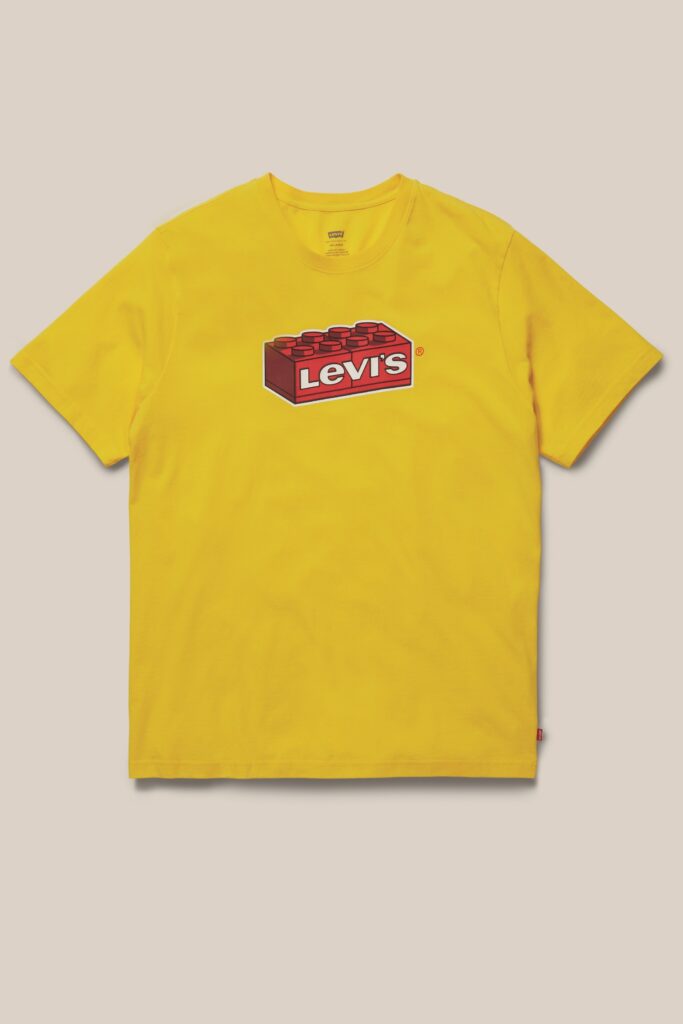
The main question that seems to be on everyone’s minds is “why“, and I’ll attempt to break it down here. It mostly comes down to these 4 reasons
- Collabs have been the “in” thing for ages
- Reaching new audiences
- It makes The LEGO Group money
- It keeps things fresh
Before I get into these reasons, there’s one major sticking point I’d like to clarify – there’s a growing crowd of AFOLs who trot out this line every time a new collaboration or campaign gets announced:
“Oh no, LEGO is making the same mistakes in the 1990s and 2000s, overextending themselves, and getting their fingers into too many pieces, and getting distracted from the core business”

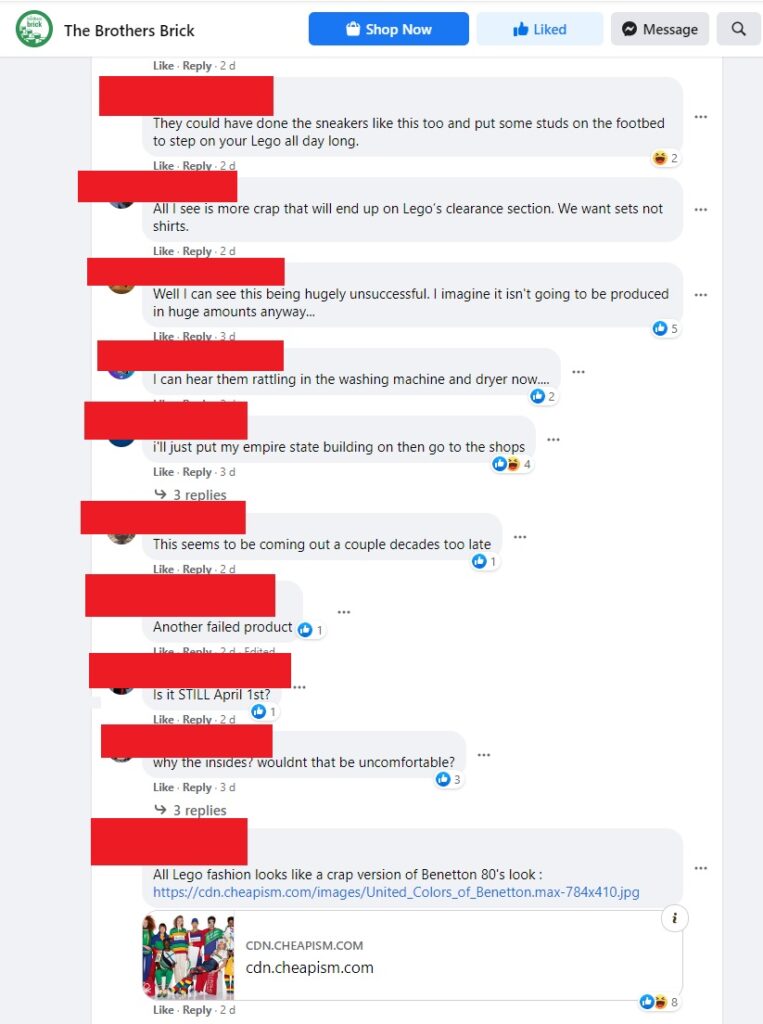
This time is a very different set of circumstances, and trust me, internally in the LEGO group, they will never forget the mistakes from the 90s. Today’s The LEGO Group is a very different beast.
It’s important to remember that in the 90s, their decline was precipitated by LEGO literally trying to do all things that they were simply not good at like building theme parks, and being undisciplined with new set and theme releases and spreading themselves too thin.
Collaborations and partnerships like these don’t entail LEGO hiring sneaker and investing in denim production lines, and creating their own products in-house, but generally are more driven by the Marketing team, and rely on external expertise for product development.
So let’s jump into the first reason:
1. Collabs have been the “in” thing for ages
Within the marketing world, brand collaborations have been all the rage since the turn of the millennium, but have really rocketed up in popularity in the 2010s – mostly driven by fashion trends.
These 3 examples above are just a taste of the wacky and interesting world of brand collaborations – Supreme perhaps being the poster-child for slapping their logo on just about everything, even packs of Oreos.
KFC ran a collaboration with Crocs for these hideously awesome set of clogs (because why not), and one of the most notable collaborations is between Nike and Ben & Jerry’s, which produced one of the most sought-after sneakers in 2020s – the Chunky Dunkys which are currently worth, wait for it – about US$2,000 on the secondary market.
Nearly every major (and minor) brand today has collaborated with one another to release products, and this isn’t going to slow down any time soon – LEGO are just a little slow to the game.
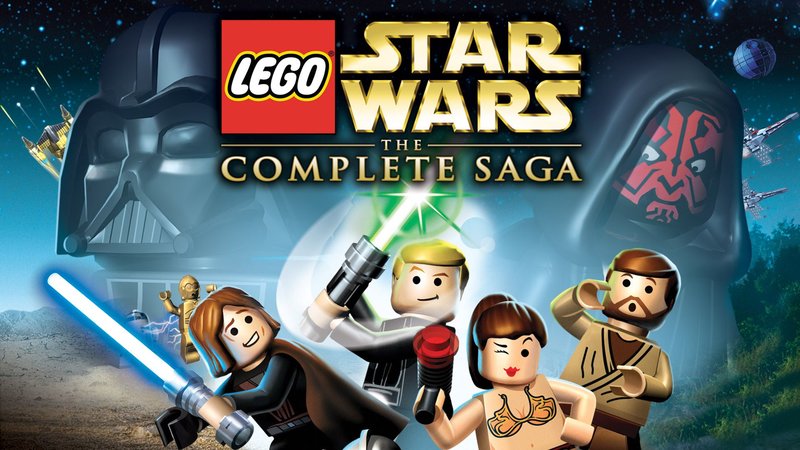
Then again, LEGO have also influenced brand partnerships, especially in the licensing arena (which is slightly different to collabs) – take LEGO Star Wars, which not only saved the company from financial collapse, but rewrote the rules with how iconic the LEGO Star Wars partnership is now, not just within the LEGO fan community, but in popular culture.
2. Reaching new audiences
The LEGO x Adidas Originals ZX 8000 teaser was one of the best performing, and most-talked about post on LEGO’s Instagram account, only eclipsed by the LEGO Mario reveal.
Brand collaborations are typically driven by Marketing teams as they’re an effective way to expand a brand’s reach beyond its traditional audience, as by working together, you get to bring two fan-bases together for a mutually beneficial arrangement.
Here’s a simplified example: if LEGO wanted to reach 7.2 million people, it would traditionally have to spend a ton of money on advertising but if it collaborates with Levi’s, it instantly gains access to millions of people that follow Levi’s on Instagram, and the tens of millions that wear/visit Levi’s stores worldwide.
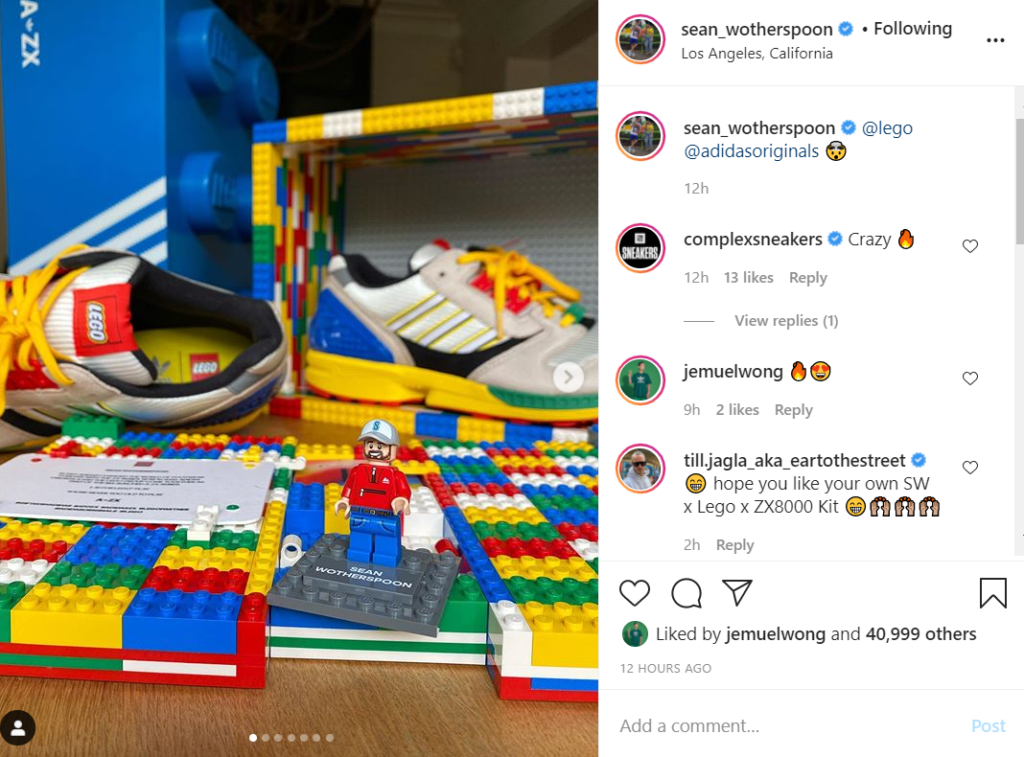
It also opens up LEGO’s brand to new audiences that wouldn’t normally consider LEGO such as sneakerheads in the case of Adidas and solidifies LEGO as a “cool” brand, so that one day, when these sneakerheads have kids, or have to buy a gift for an 8-year old, they’ll be more likely to think of LEGO.
As a brand, LEGO will never grow as fast as it would like to if it just uses building toys as it’s only gateway into the brand, so collaborations help expand their reach way beyond the toy aisle.
3. It makes The LEGO Group money
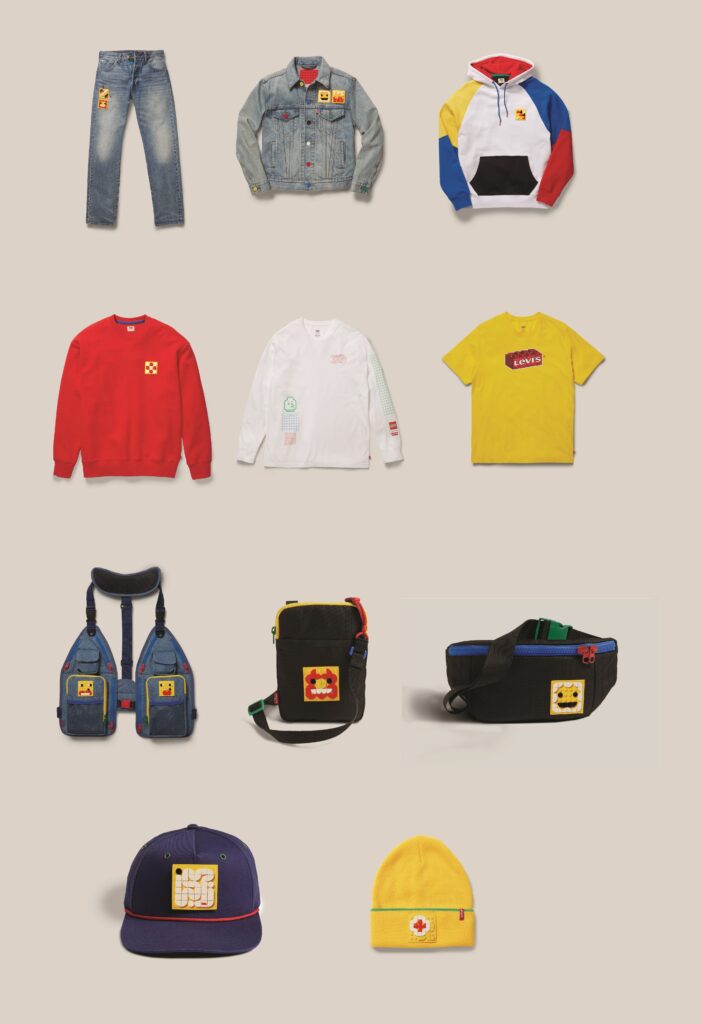
I won’t pretend to know what commercial arrangements LEGO have in place with each brand that they collaborate with, and they are all likely unique.
From my experience as a marketer working on similar deals, from the looks of these collaborations, my assessment from the way the campaigns have been structured is that the Ikea, Adidas and Levi’s collaborations are licensed deals, where these brands license the LEGO brand to make products.
This is the opposite of what LEGO fans are used to – where LEGO licenses movies or brands (like Batman, Marvel, Star Wars) for a fee.

It’s also an important reminder that LEGO is commonly regarded as one of the world’s top brands, and is used in the same breath as other brands like Ferrari and Apple.
As one of the most recognisable brands in the world, LEGO is hot property, and other brands are clearly wanting to associate themselves with a brand of LEGO’s calibre.
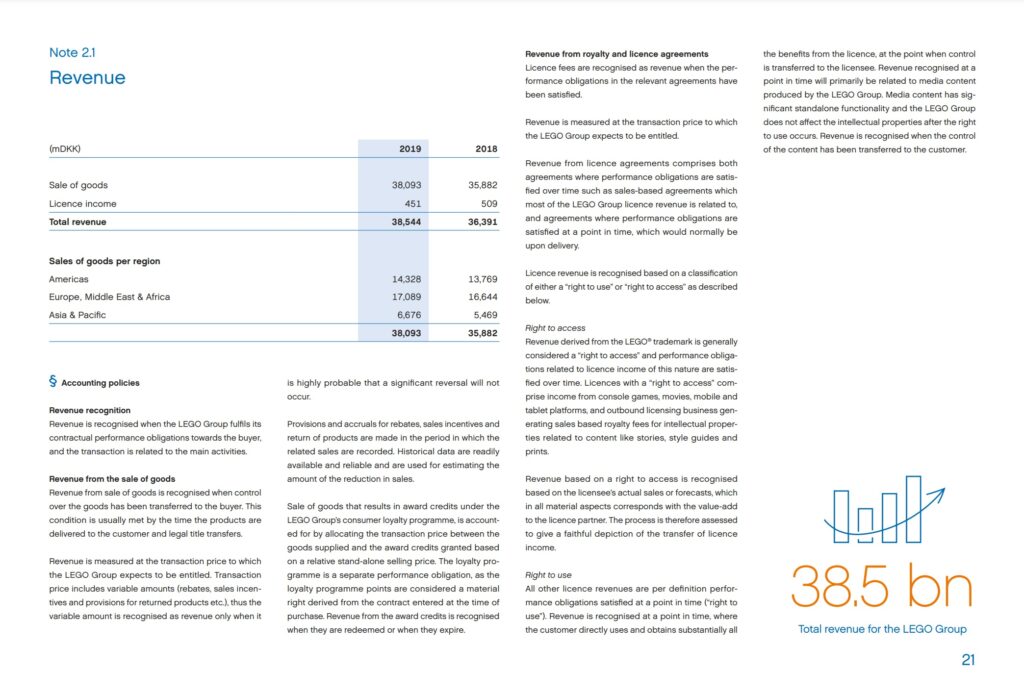
LEGO does make a decent chunk of money from licensing – not a massive percentage, but not insignificant either, but in 2019, they made about US$70 million, which isn’t chump change.

If I were to make an educated guess, the likes of Ikea, Adidas and Levi’s have probably struck a deal where they’ve licensed the right to use LEGO’s IP (like branding, or designs) and so LEGO makes a set amount, or LEGO gets a percentage of each product sold.
The long-standing collab with Uniqlo I assume went well, which probably paved the way for opportunities like these with Levi’s.
I look at LEGO’s activity in 2020 and see it as an accelerated test and learn, and depending on how the campaigns with Ikea and Levi’s goes, I’d expect to see a lot more of these collaborations in 2021 and beyond.
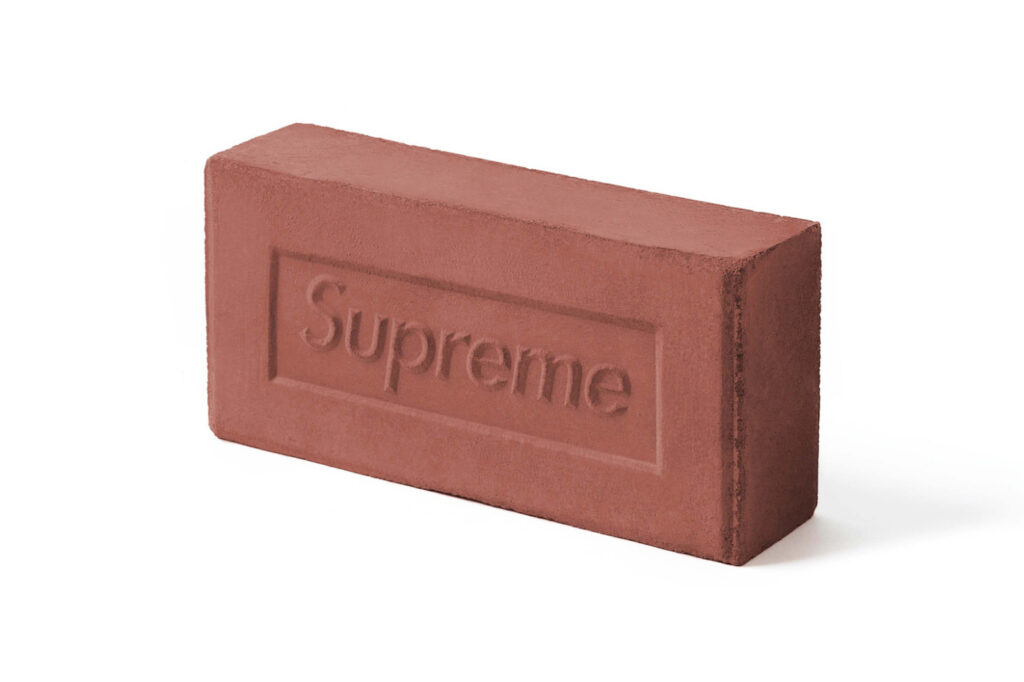
My prediction for 2021 – we get a Supreme LEGO 2 x 4 red brick. Book it.
4. It keeps things fresh
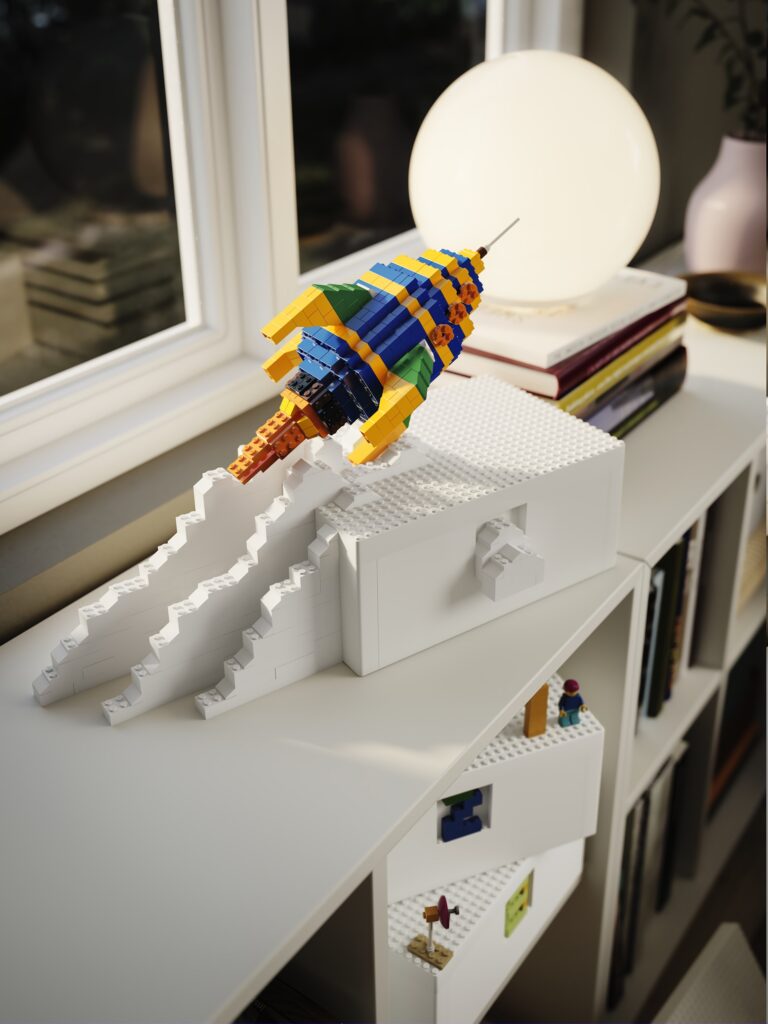
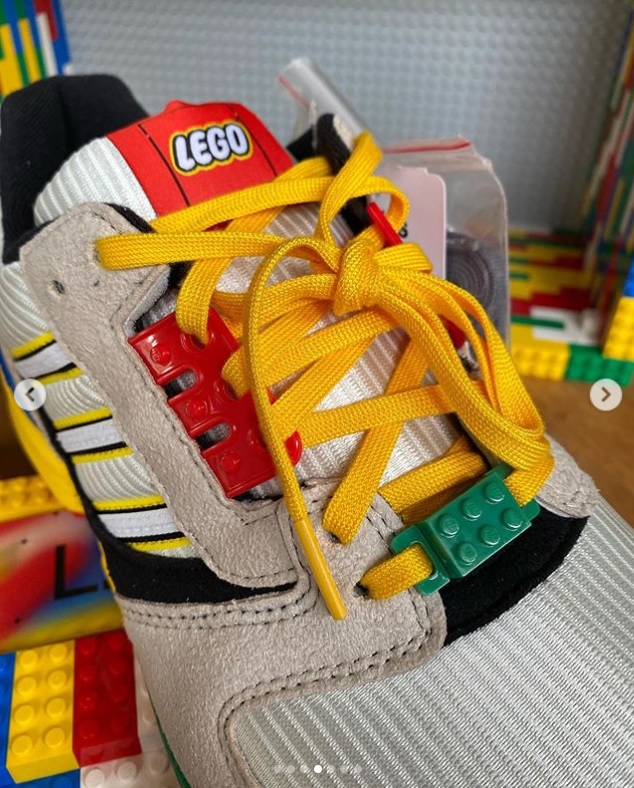
For the consumer and LEGO fan, I think the biggest benefit from these collaborations is that it’s just fun.
When brands collaborate, it allows for them to come together and create something new, often blending elements together to create something that has never been done before – like LEGO sneakers.
Collaborations when done right allow brands to break out of the mould and experiment with unique experiences for fans.
Personally, as a big Adidas and LEGO fan, the sneaker is one of the most exciting developments of 2020, and I am extremely hyped for it.
From LEGO’s collaborations so far, I think they’re headed in the right direction – selecting brands and partners that have gone beyond just slapping the LEGO logo on their product and calling it a day.
Final thoughts: I hope this demystifies LEGO’s collaboration strategy and answers a lot of questions about why LEGO is announcing so many different collaborations with so many different brands.
The one thing I’d like to really highlight is that these collaborations are a net positive for LEGO. If LEGO’s brand continues to expand, and these collections take off (and generate more revenue for LEGO), this means that LEGO is able to channel that into R&D and into producing more sets, and take more risks than they normally could.
Also, one of my pet peeves within this hobby is the gatekeeping from AFOLs, who insist on a “right way” to play & interact with LEGO, and look down on casual fans who might just be happy to indulge in a bit of childhood nostalgia, or buy a set based on a popular American sitcom.
LEGO is a billion dollar brand, and there is enough room for all types of fans, and with these collaborations and releases, and outside of the LEGO fan bubble, there is a lot of excitement generated by these collabs.

I know it’s cherry-picking, but earlier in this post, I shared comments from Brickset and The Brother’s Brick on how the Levi’s and Adidas collabs were received by LEGO fans, but I’d also like to highlight how these announced were perceived outside the AFOL-bubble on LinkedIn.
Pretty positive from the professional crowd, and those that follow LEGO as a brand they look up to.
At the end of the day, it’s all about perspective, which I hope to
What do you think of LEGO’s collaboration strategy and announcements?
What would your dream LEGO collabs be?





